If you’re here, it’s safe to assume that by now you’ve definitely heard of cold plunging. Also known as water immersion, it’s one of the fast-growing wellness trends right now. If you’re unfamiliar, cold plunging is the practice of immersing your body into cold water (we’re talking really cold - like 50–60°F) for a short period of time, usually around 1-5 minutes.
Whether you're looking to reduce inflammation, improve circulation, support muscle recovery, or simply boost your energy, cold plunge benefits are powerful when done right, and especially when used in a contrast therapy routine.
In this cold plunging 101 guide, we’ll break down exactly how to cold plunge safely and effectively — including how to master the perfect 2-minute cold plunge.
You’ll also hear expert insights from Adam Smith, Founder of ReGen Total Wellness and long-time cold plunger, who’s helped hundreds of people properly integrate cold therapy into their lives.
What Is Cold Plunging?
Cold plunging is the practice of submerging the body into cold water to activate the body’s natural healing processes. Athletes, wellness enthusiasts, and even busy professionals are turning to cold plunging for benefits like:
- Reduced inflammation and muscle soreness
- Enhanced circulation and immune response
- Improved mood and mental clarity
- Faster recovery and better sleep

Cold Plunging For the First Time?
If you are new to cold plunging, you probably have a lot of cold plunge questions. It’s important to start slow and gradually build up your tolerance in order to eventually be able to achieve the perfect 2-minute cold plunge routine benefits.
Begin with shorter dips in colder water, and work your way up to longer and colder immersions over time. This will help your body adapt to the shock of the cold water and reduce the risk of injury.
Cold Plunging Tips for Beginners
If you're just getting started with cold plunging, the key is to ease into it.
Here's how to get the most out of your cold plunge practice:
1. Start Slow and Build Tolerance
Don’t jump into ice-cold water for 5 minutes on your first try. Start with shorter plunges — even 30 seconds is great for beginners — and gradually increase your duration as your body adapts.
2. Aim for the Right Cold Plunge Temperature
The ideal cold plunging temperature is between 50°F and 60°F.
This range is cold enough to trigger the body's response and deliver health benefits without being dangerously uncomfortable. At ReGen, we never use an all-in-one water chillers, to ensure our tubs always have consistent water temperatures.
“We prioritize high-flow, high-performance systems that are built to endure extreme conditions and maintain consistent water temperatures—because your recovery and wellness deserve the best.” - Adam, Founder
3. Hydrate Before and After Cold Plunging
Cold water immersion can be surprisingly dehydrating. Be sure to drink plenty of water before and after your plunge to stay hydrated and avoid cramping or dizziness.
4. Let Your Body Warm Up Naturally
After a cold plunge, avoid hopping straight into a hot shower. Allow your body to warm up naturally — this helps prolong the metabolic and cardiovascular benefits of the cold exposure.
Tip: Gentle movement, breathing exercises, or sipping warm tea can all help your body return to baseline comfortably.
5. Listen to Your Body
The most important cold plunging tip: always listen to your body.
If you feel lightheaded, dizzy, or uncomfortable, exit the plunge immediately and warm up. Over time, you’ll learn to recognize your limits and extend your sessions safely.
“Cold plunging isn’t about how tough you are - it’s about consistency, safety, and making it part of your lifestyle.” - Adam Smith, ReGen Founder and long-time cold plunger.

The Perfect 2-Minute Cold Plunge Routine
Ready to try a 2-minute cold plunge? Here’s a simple routine to get started:
- Step One: Prep: Fill your plunge tub with water between 50–60°F. Use a thermometer to check accuracy.
- Step Two: Breathe: Before stepping in, take a few deep breaths to calm your nervous system.
- Step Three: Plunge: Enter the tub slowly. Focus on steady, controlled breathing. Avoid holding your breath.
- Step Four: Stay present: Use a timer to stay in for 2 minutes. If you need to exit early, that’s okay.
- Step Five: Recover: Step out and towel off. Let your body warm up naturally.
The Risks of Cold Plunging
Cold plunging can offer major benefits like reduced inflammation, improved circulation, and faster recovery — but it’s not without risks. It’s important to approach the practice with awareness, especially if you’re just starting out or have underlying health conditions.
Potential risks of cold plunging include:
- Shock response - Sudden exposure to cold water can spike heart rate and blood pressure
- Cardiovascular strain - Those with heart conditions or high blood pressure should consult a healthcare provider before plunging
- Hypothermia or frostbite - Prolonged exposure increases the risk, especially in very cold water
- Numbness and dizziness - Signs that your body may be overdoing it or not responding well
- Overexertion - Ignoring your body’s signals can lead to unnecessary stress or injury
To stay safe while cold plunging:
- Ease into the practice slowly
- Limit your time, especially in the beginning
- Educate yourself on proper cold plunge protocols
- Always listen to your body and take breaks as needed
- When in doubt, check with your doctor before starting
“It’s not about pushing your limits every day — it’s about building a sustainable routine that supports your health.” – Adam, ReGen Founder
2-Minute Cold Plunge Benefits: Can Just 2 Minutes Really Make a Difference?
Some wellness routines and workouts demand a huge time commitment, but luckily cold plunging doesn’t have to.
Here are the benefits you can experience in just two minutes of consistent cold plunging:
- Reduced inflammation - Cold exposure can help calm swelling and ease overworked muscles
- Improved circulation - Blood vessels constrict and then dilate, boosting blood flow
- Mental clarity - Cold temperatures triggers a release of endorphins, increasing alertness and focus
- Mood boost - Cold plunging can activate the nervous system and support stress resilience
- Quick recovery - Ideal for athletes or anyone looking to speed up the internal muscle repair process
Why consistent, brief cold plunging works:
- Benefits start almost immediately once you’re fully immersed in the water
- Short sessions make it easier to stay consistent over time
- It’s a powerful wellness tool that fits into busy lifestyles
Reminder: Just 2 minutes can make a difference — but consistency is what leads to long-term results.
Key Takeaways: Cold Plunging 101
|
Cold Plunging with ReGen Total Wellness Cold Plunge Tubs
At ReGen Total Wellness, our meticulous attention to detail and use of professional-grade components ensure our tubs are the best cold plunge tubs on the market. The quality of our tubs is a testament to our pursuit of excellence, offering unparalleled relaxation and wellness benefits.
Shop our cold plunge tubs today.
Updated: August 5th, 2025

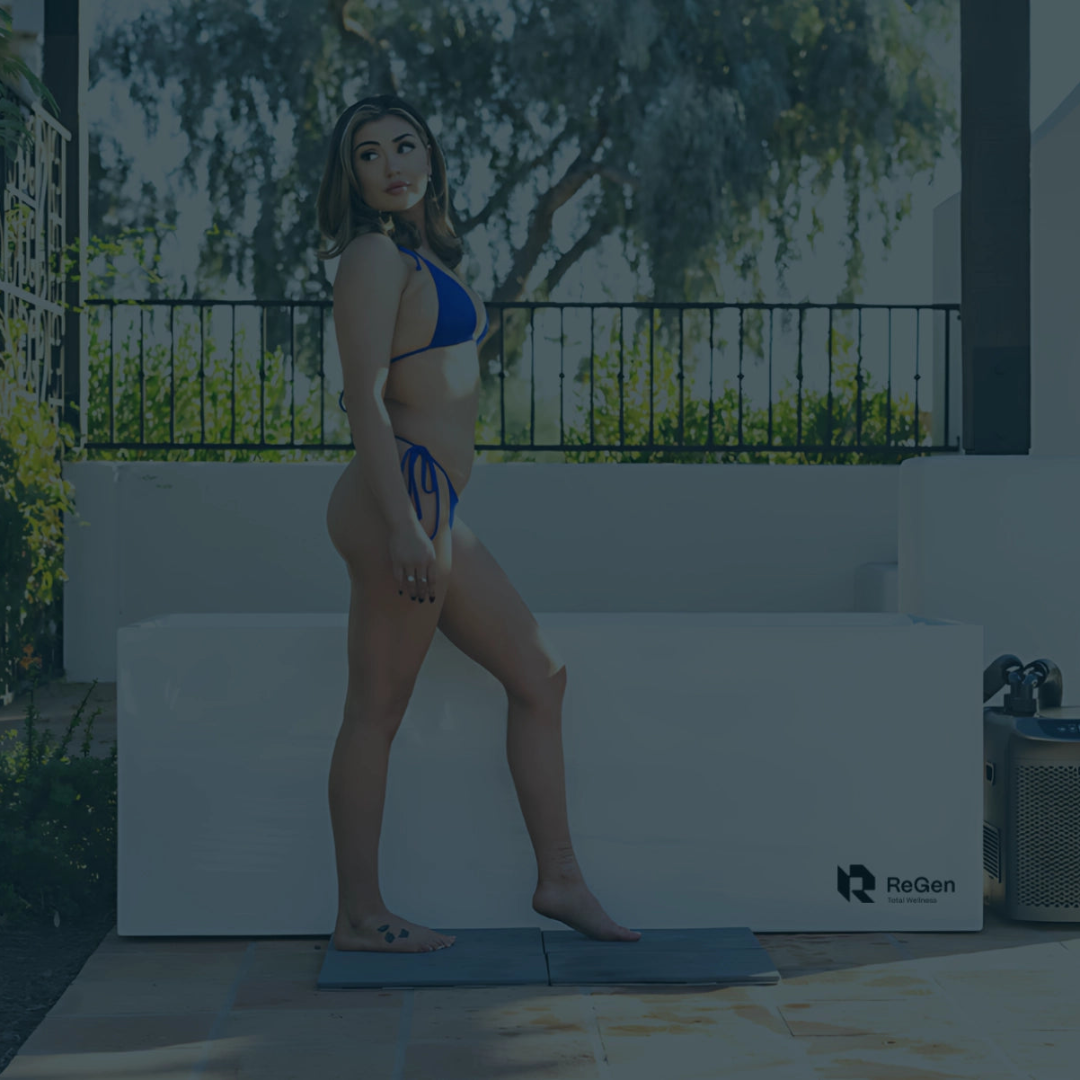
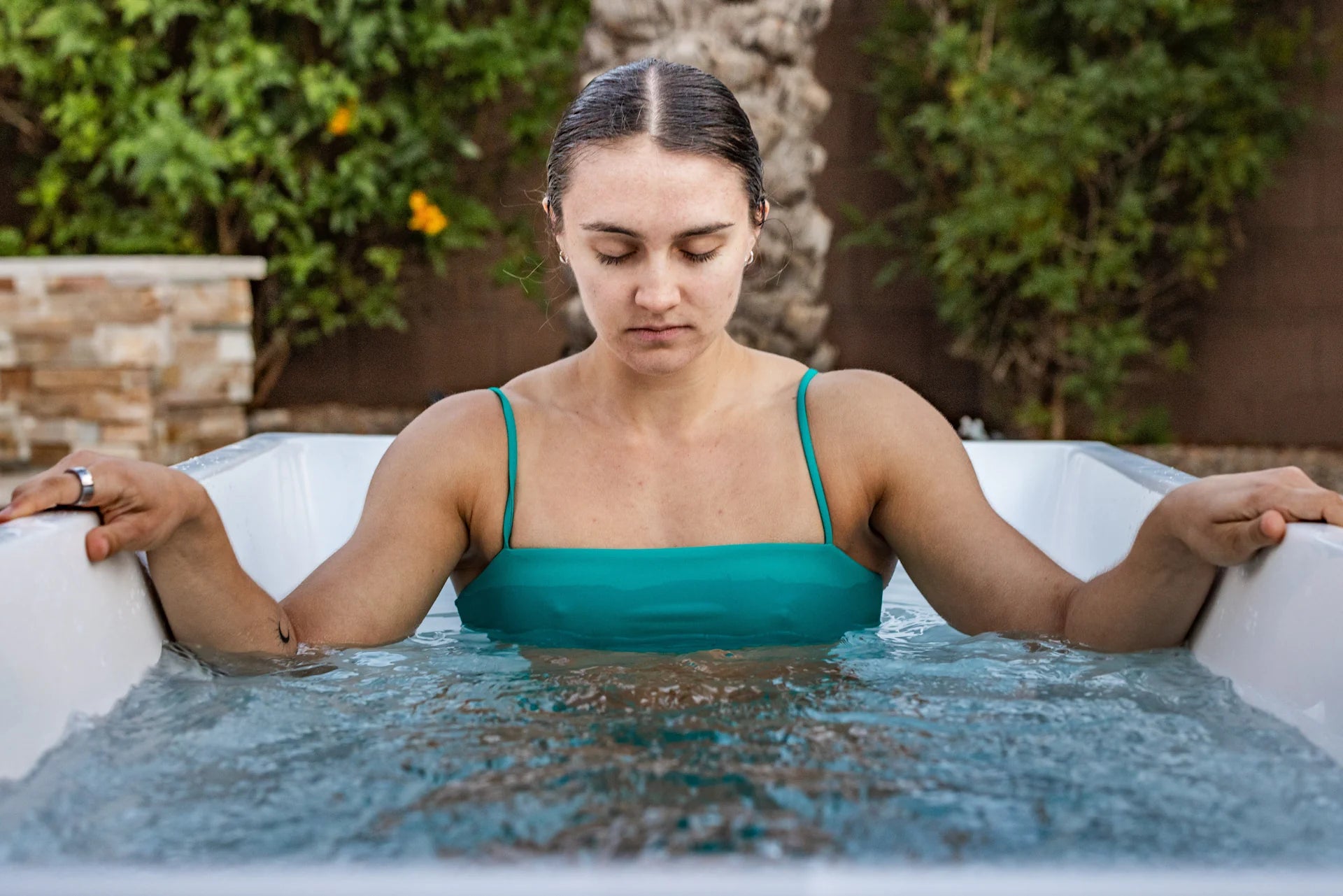
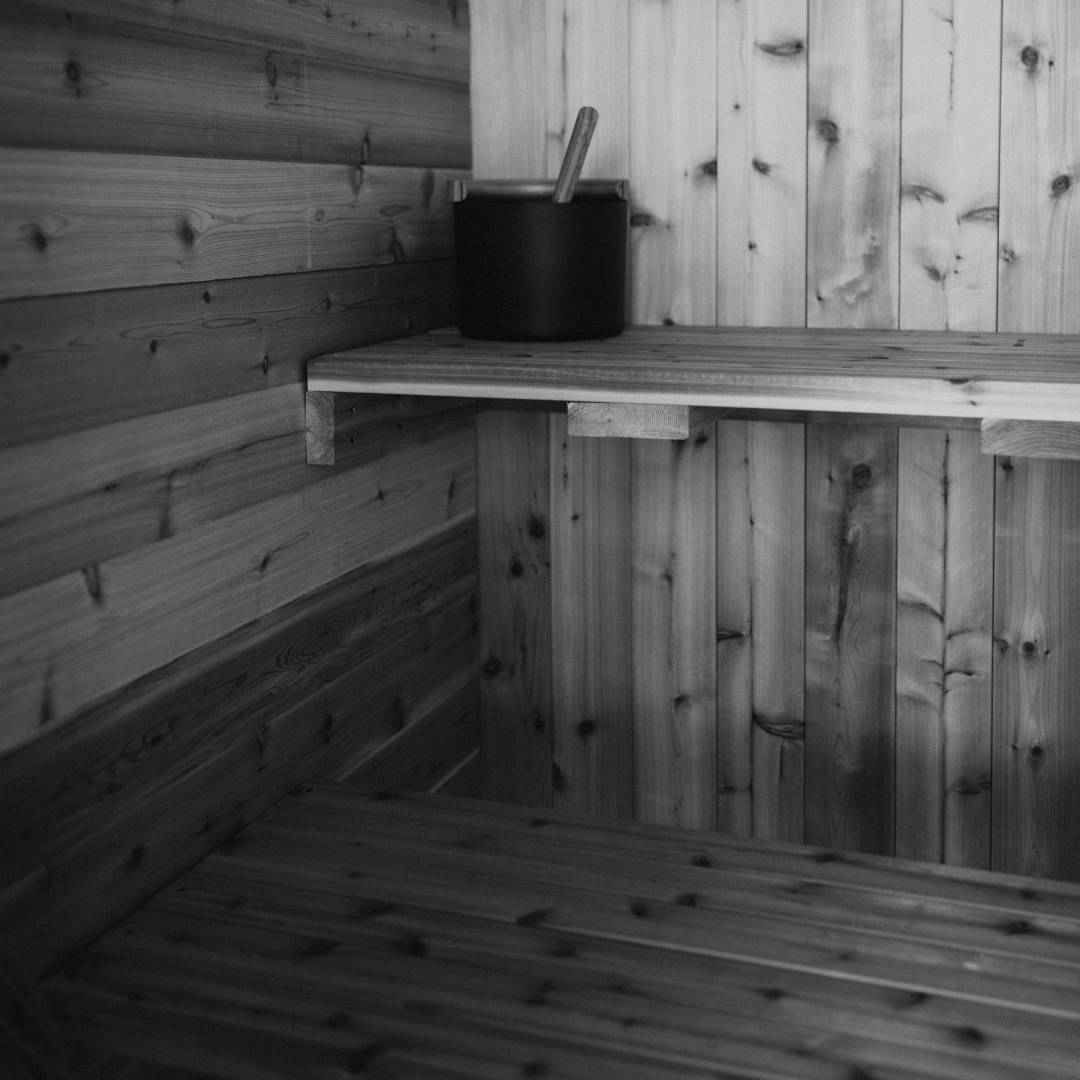
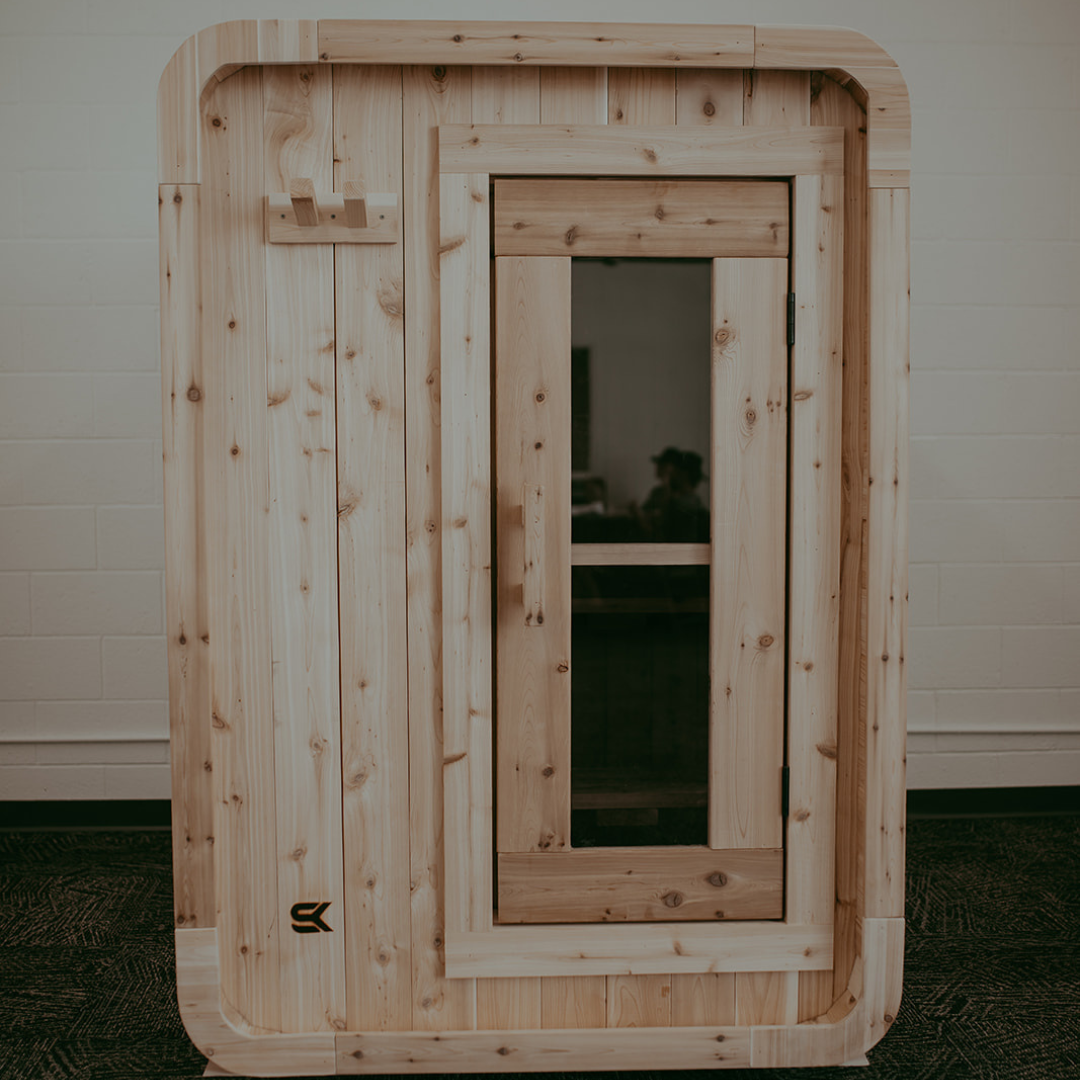
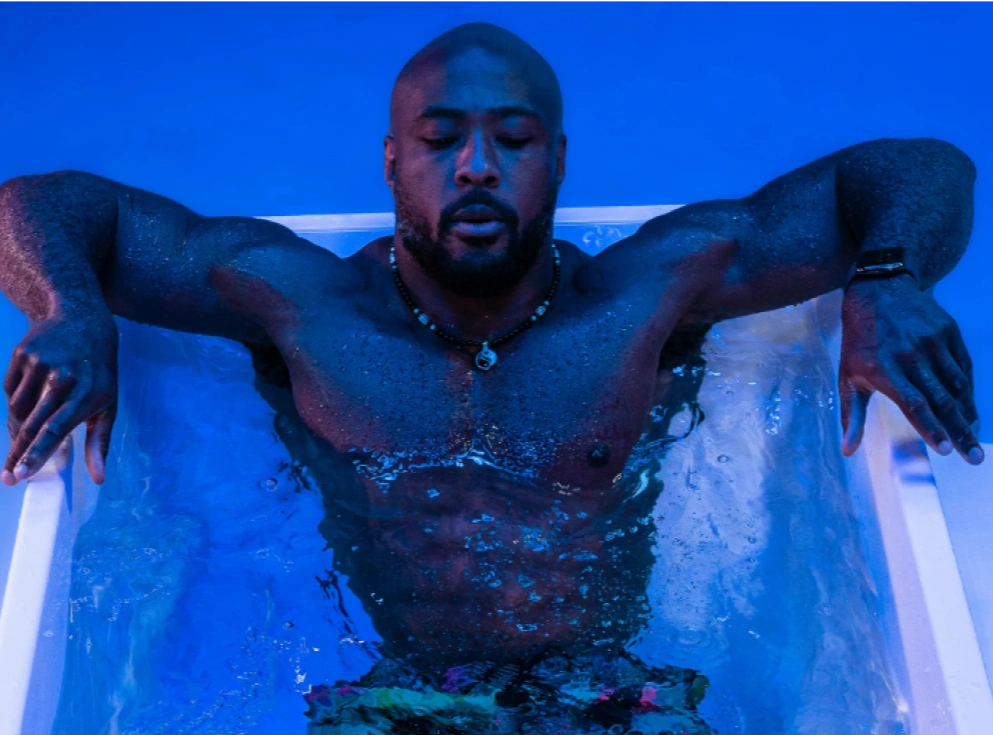
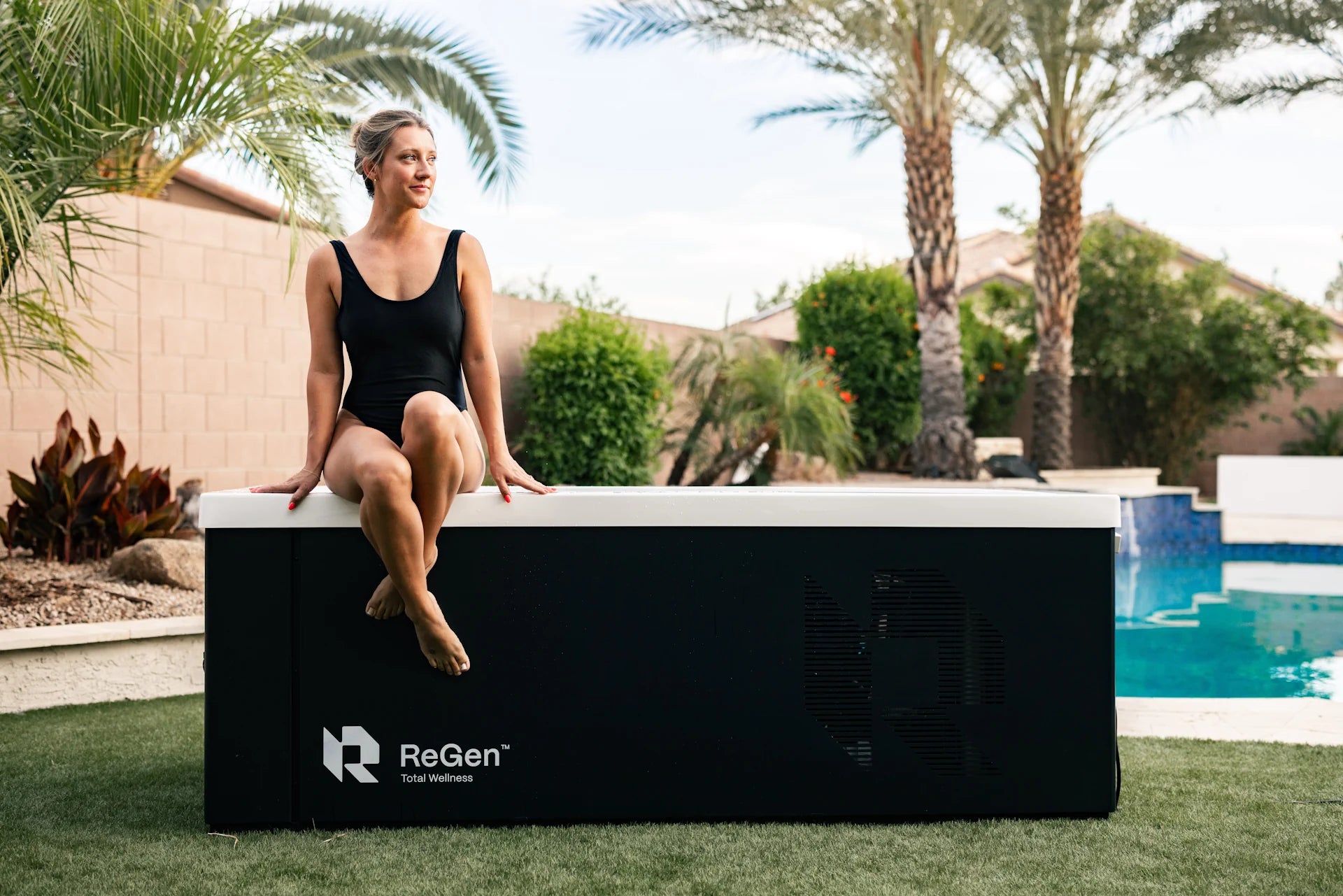
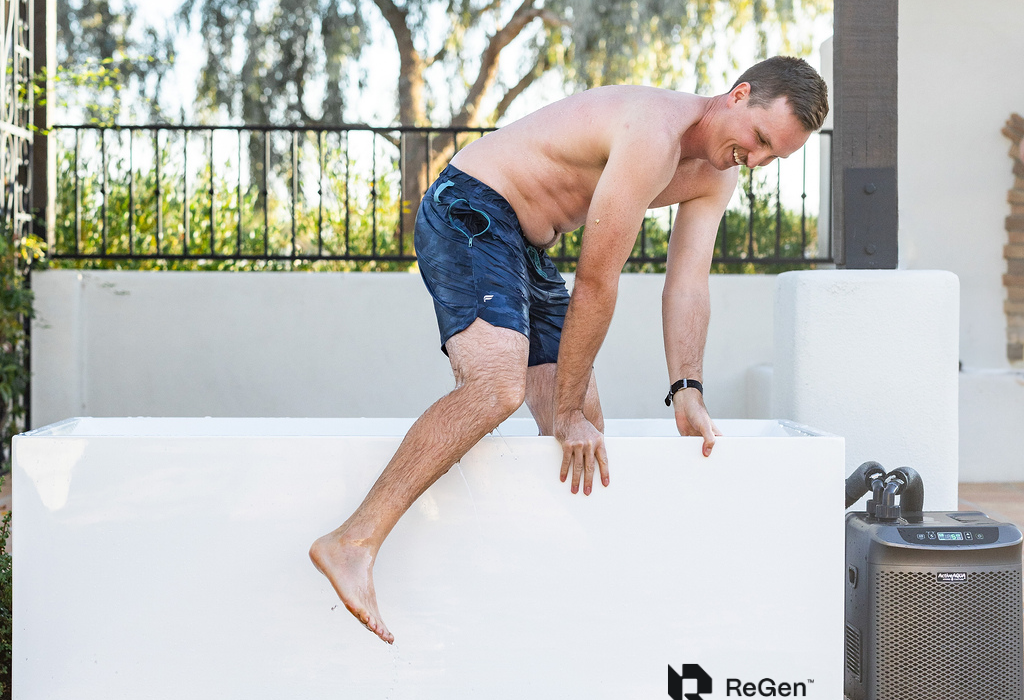
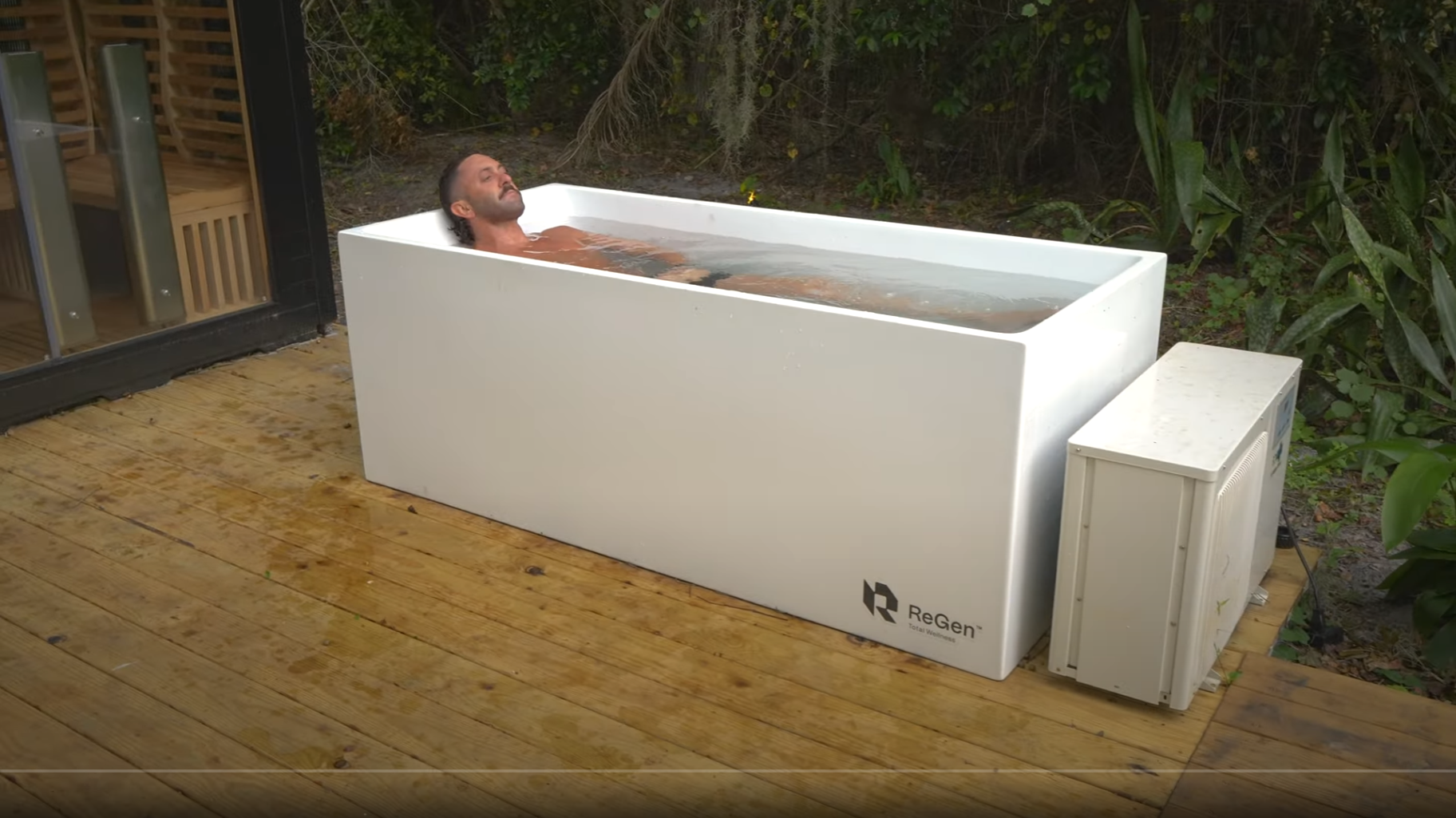

Leave a comment
This site is protected by hCaptcha and the hCaptcha Privacy Policy and Terms of Service apply.